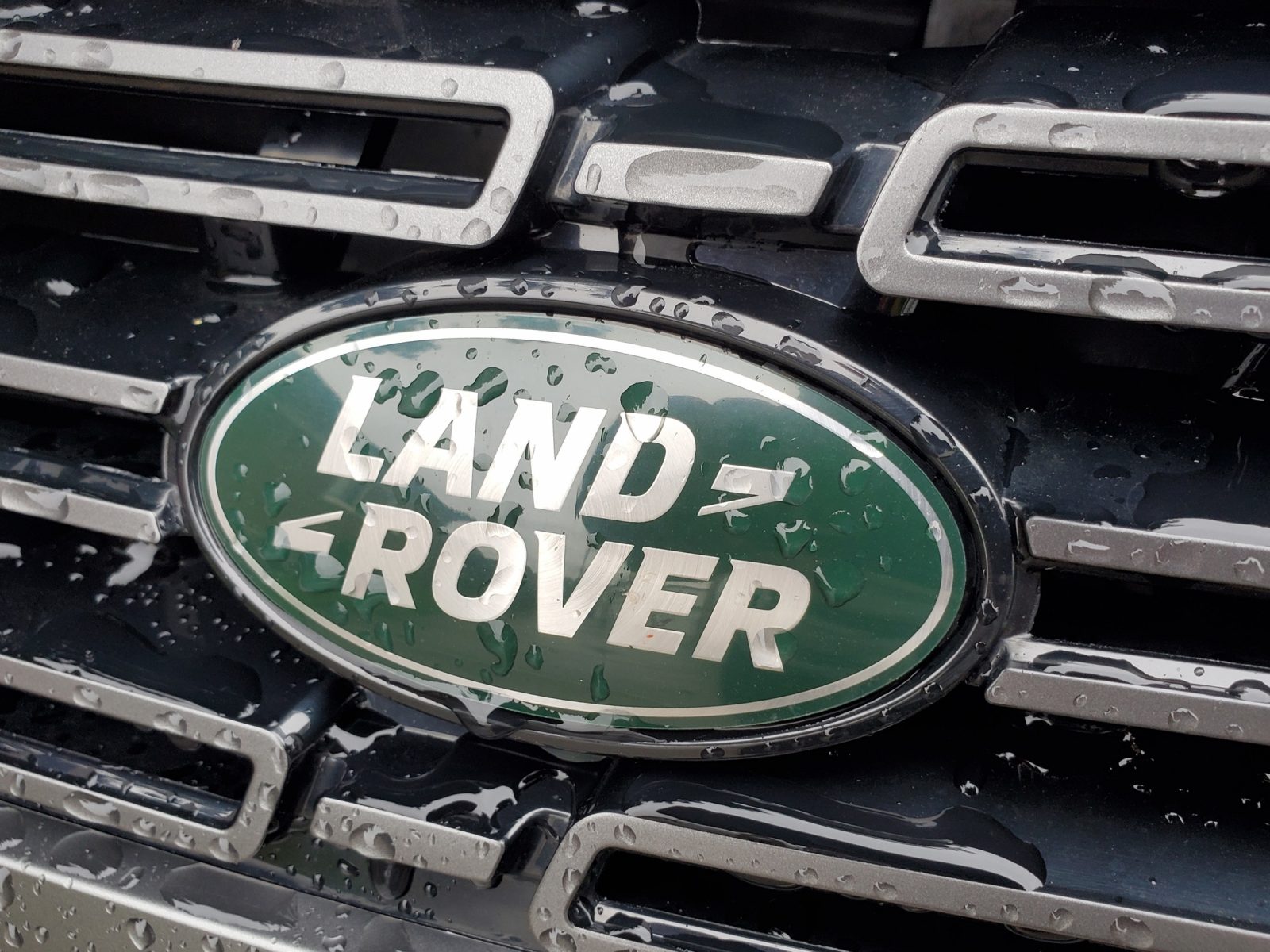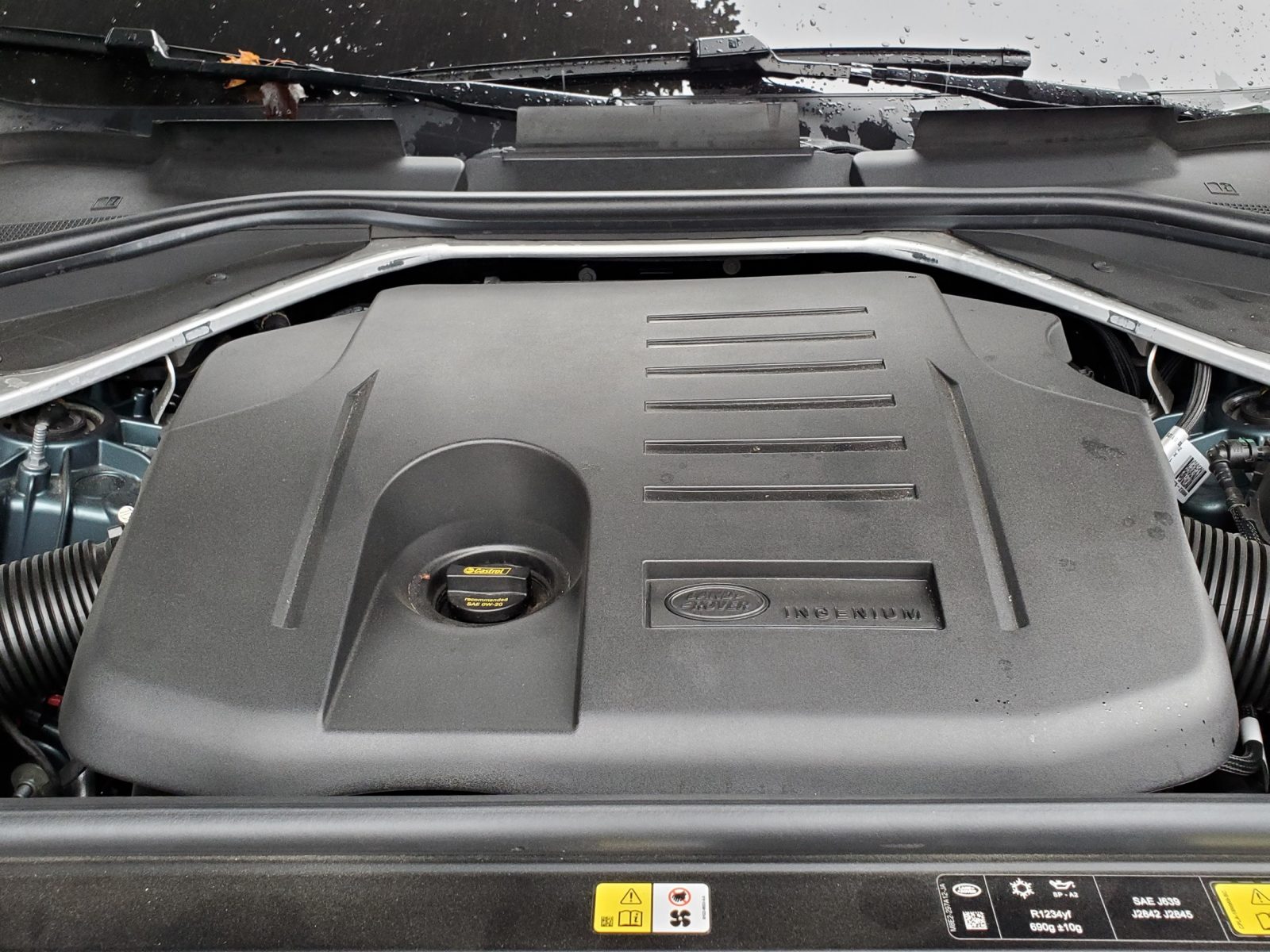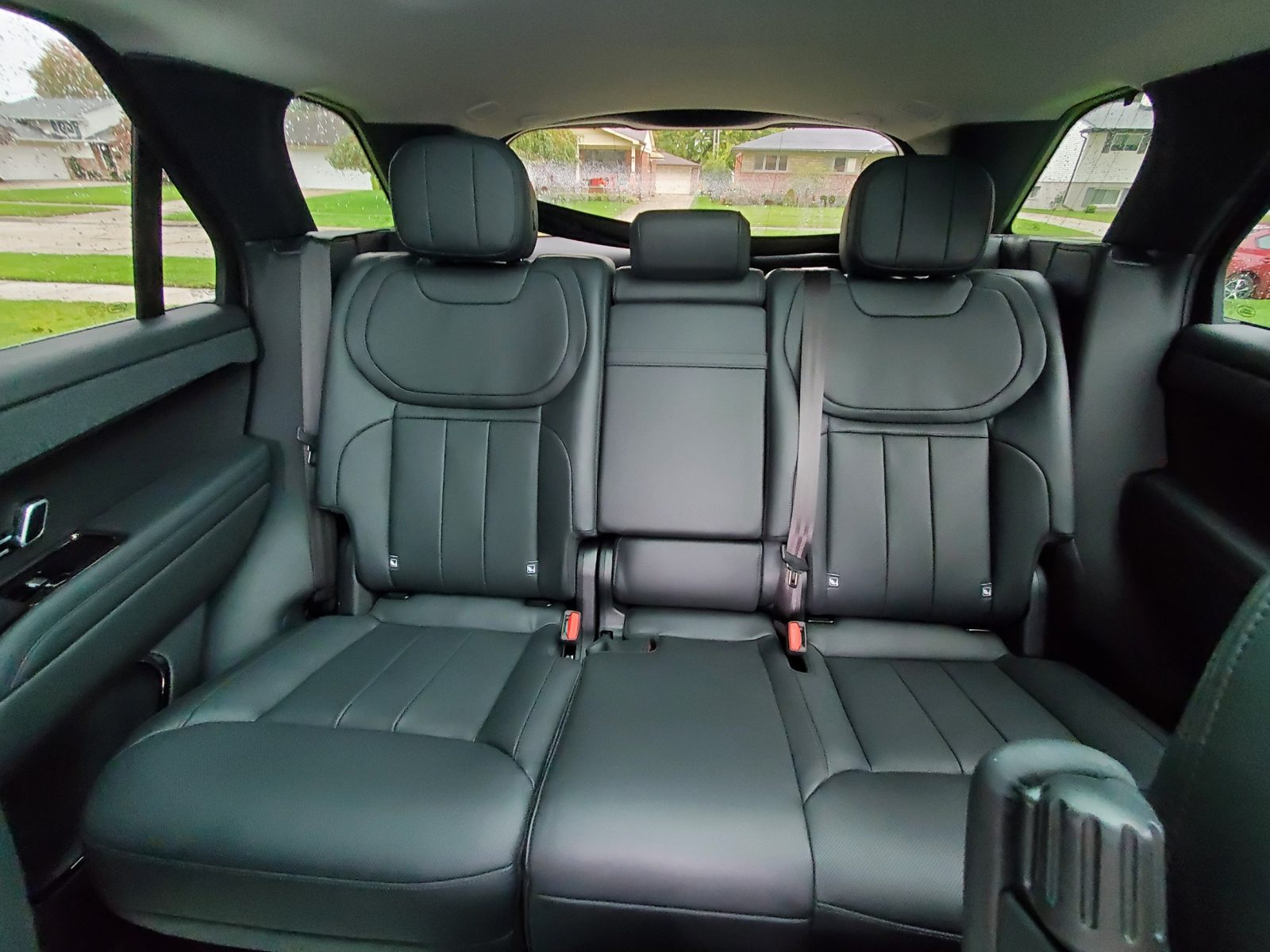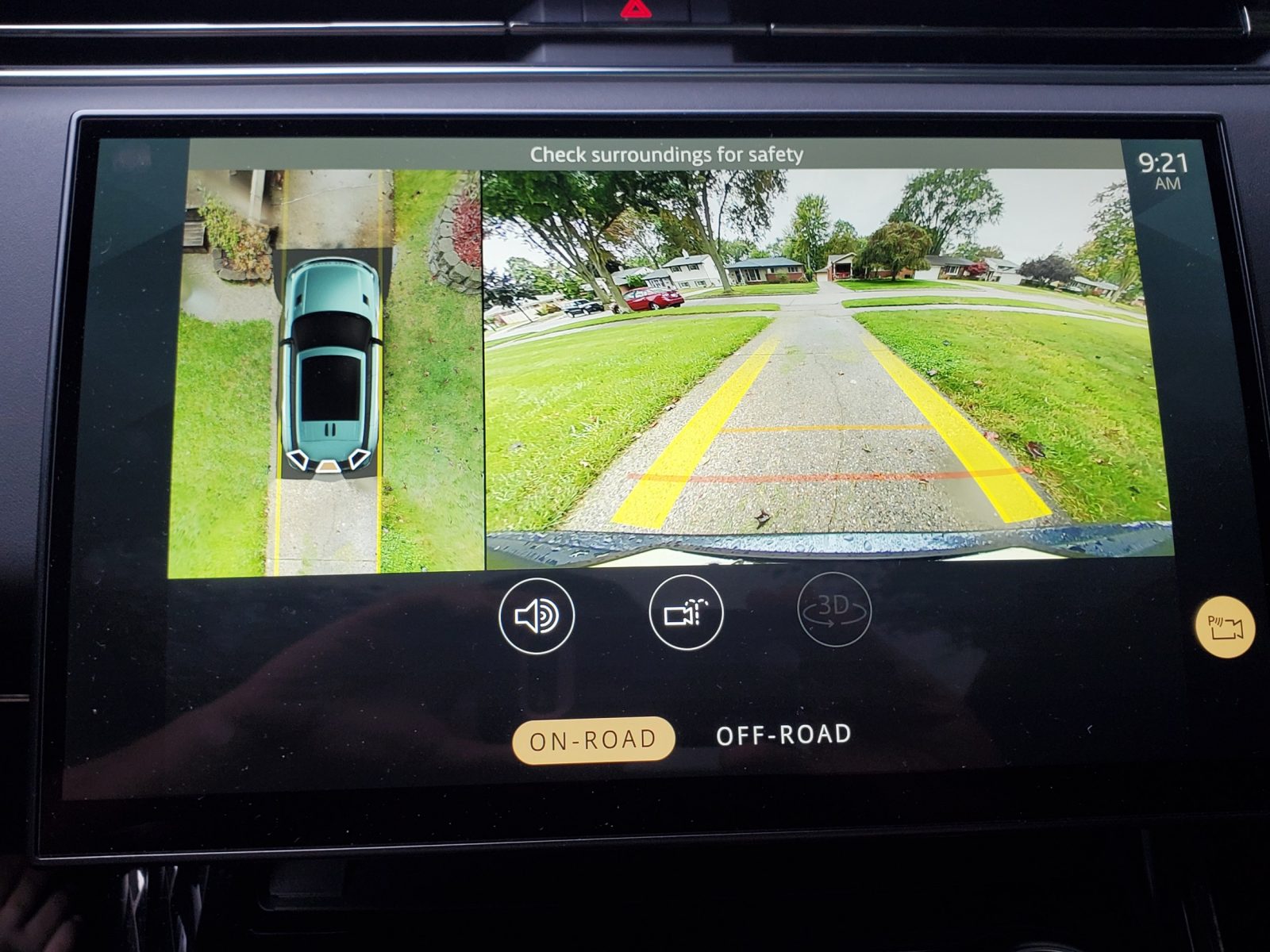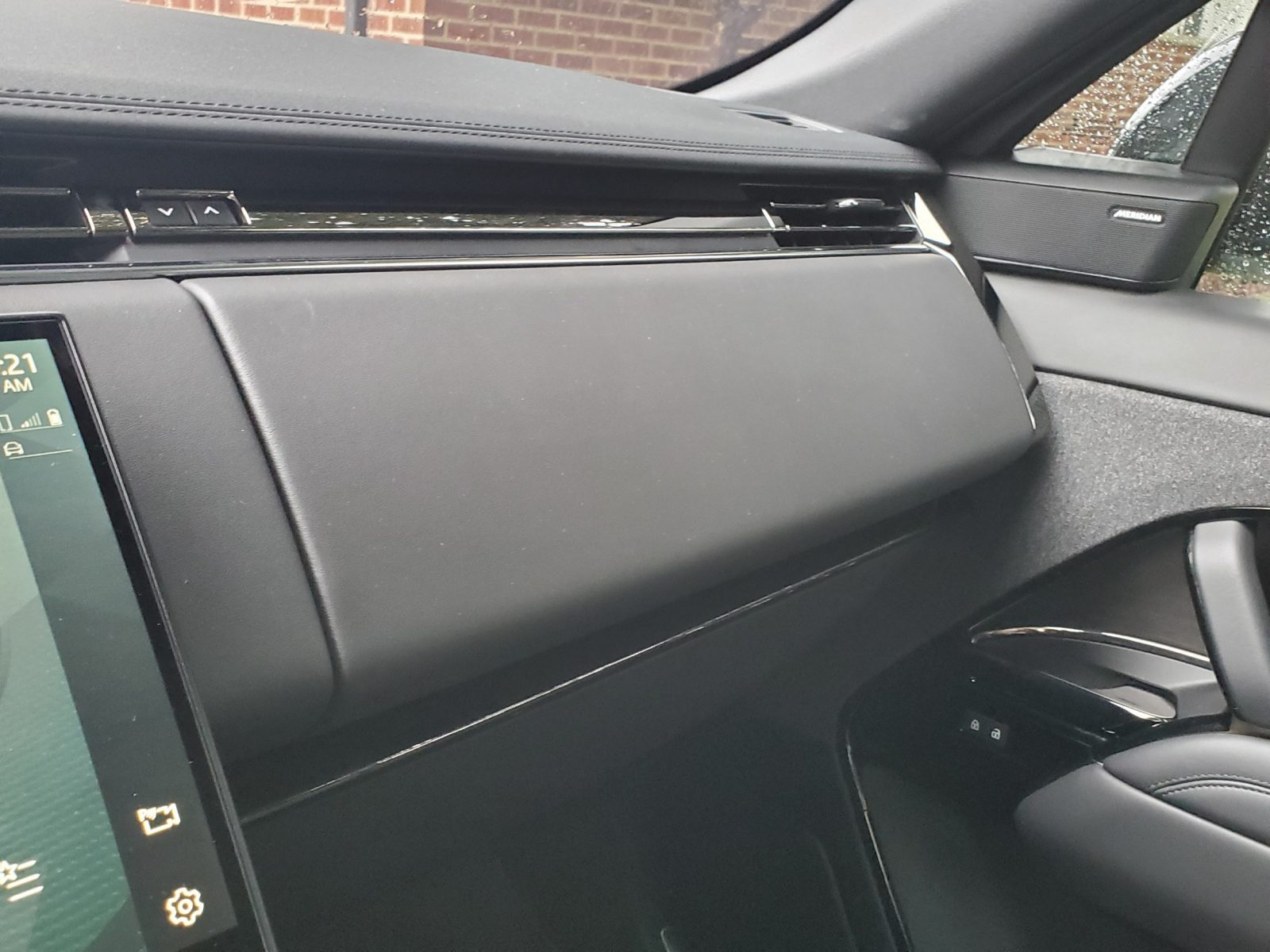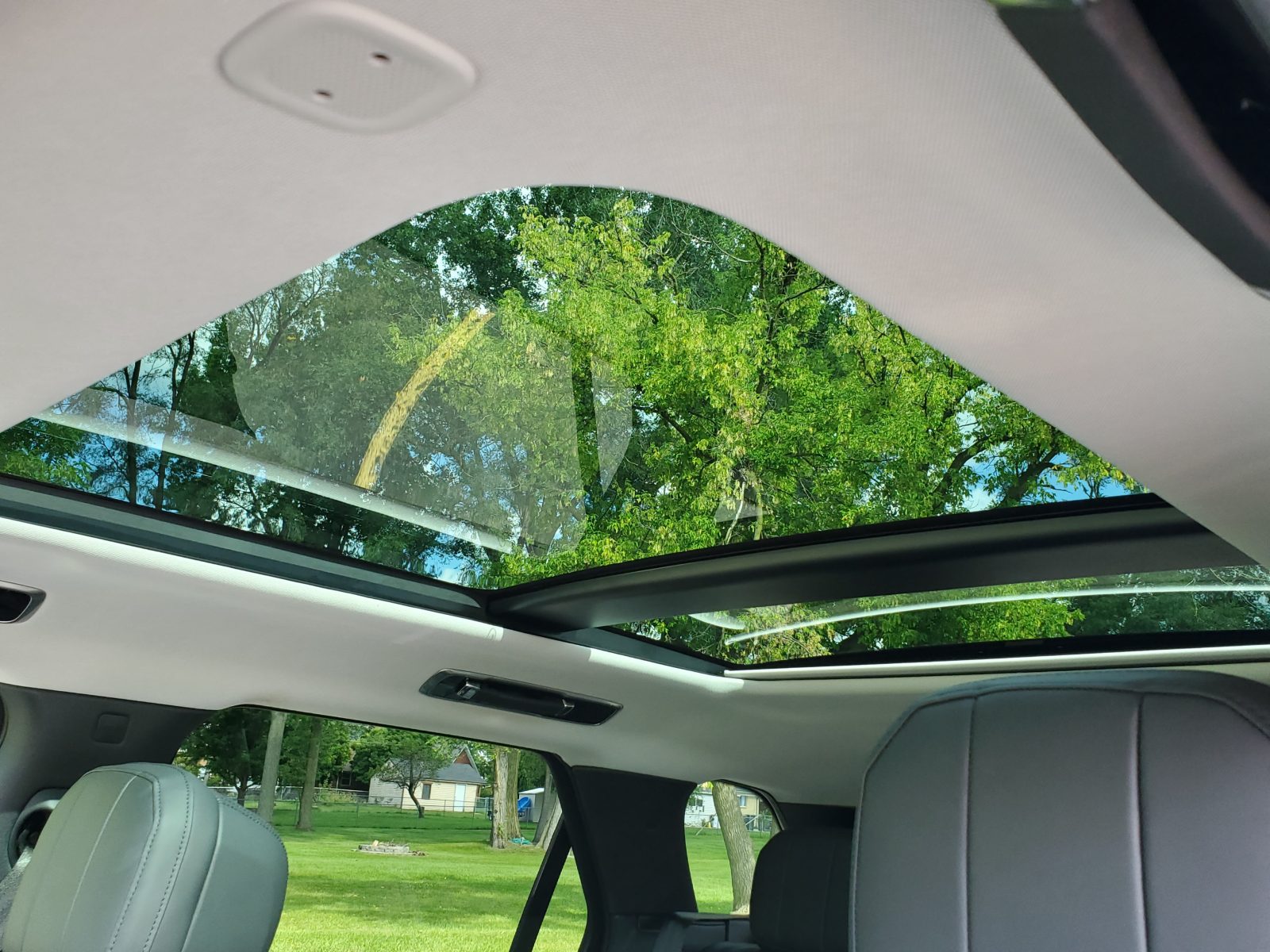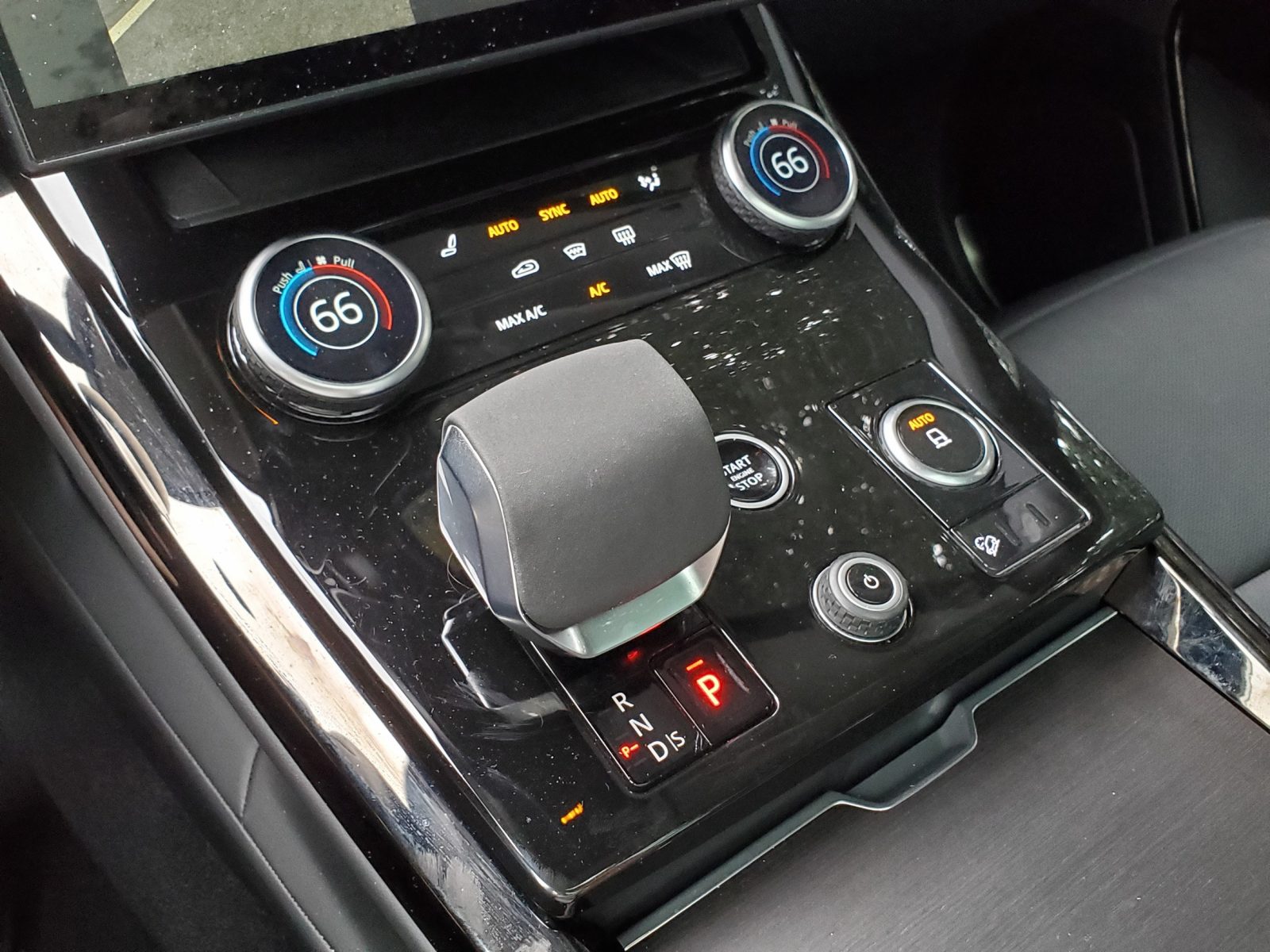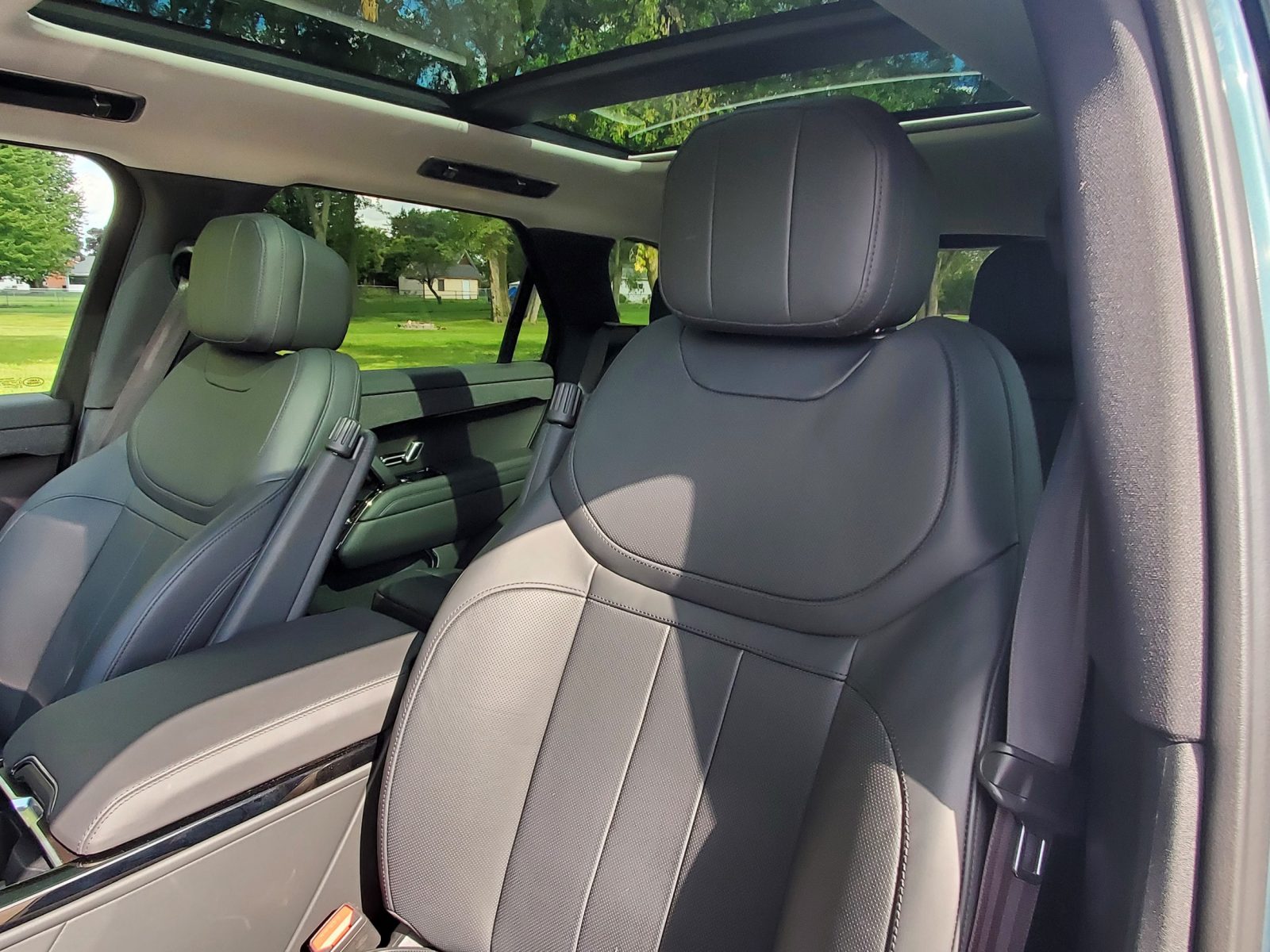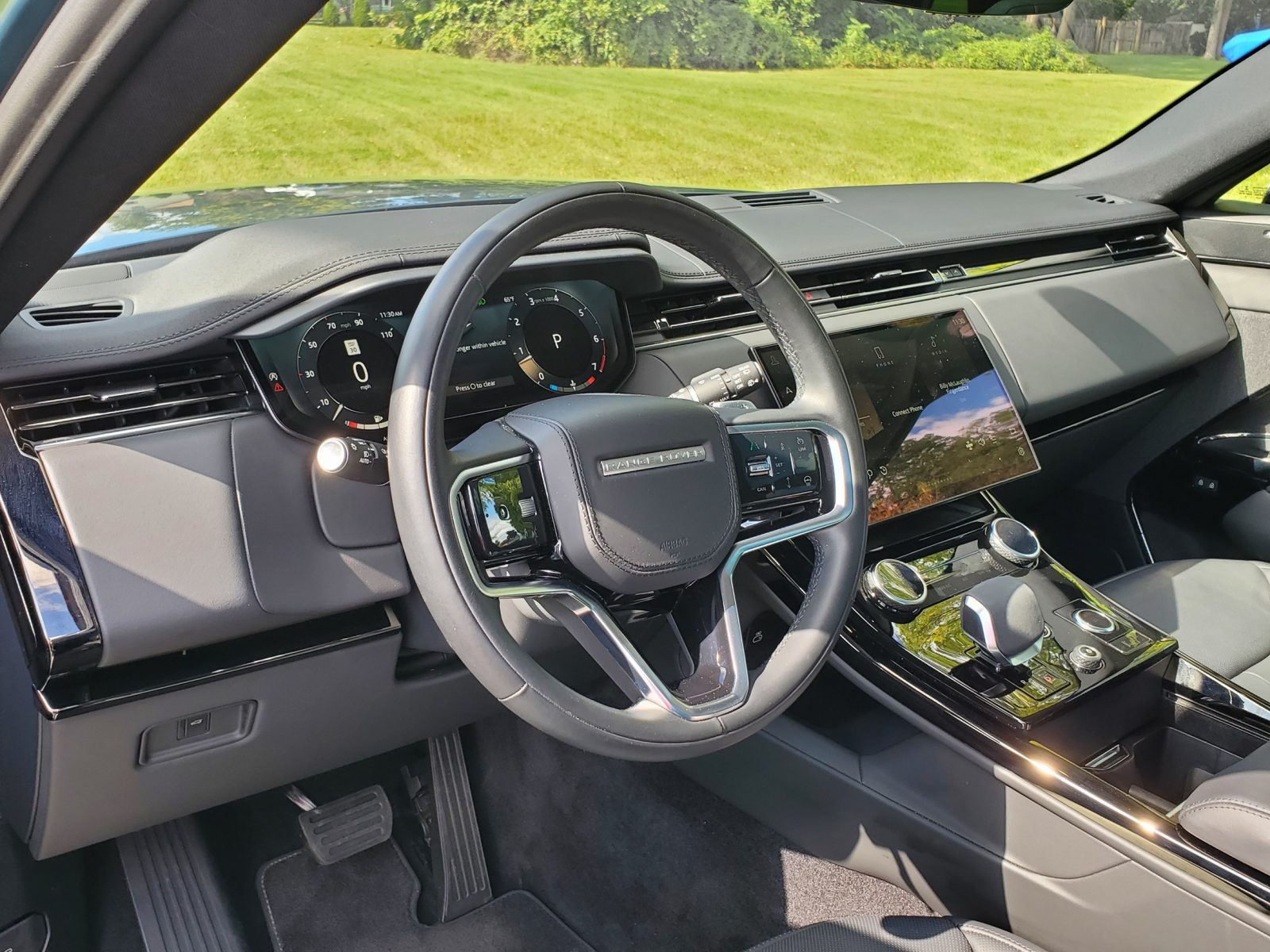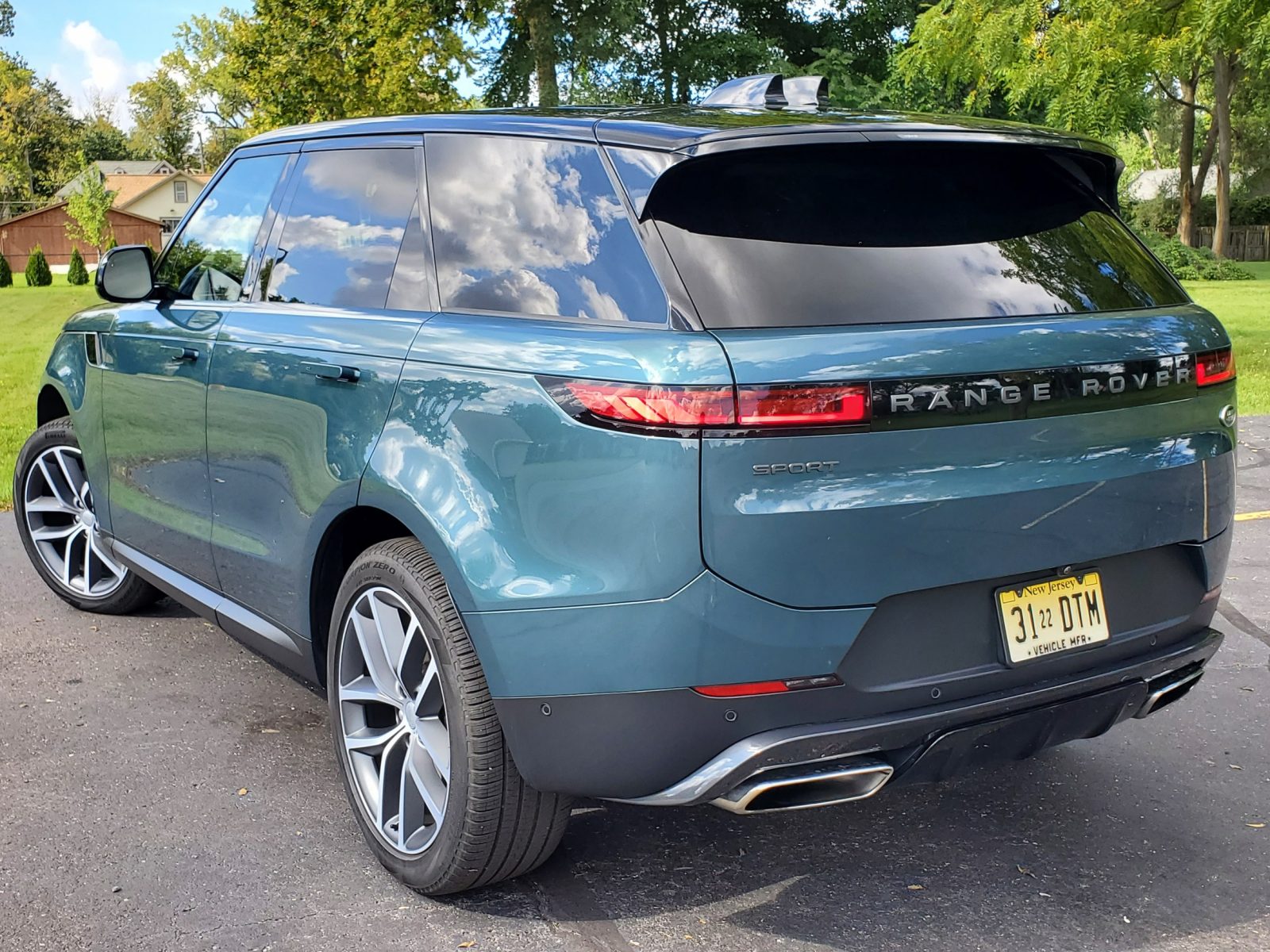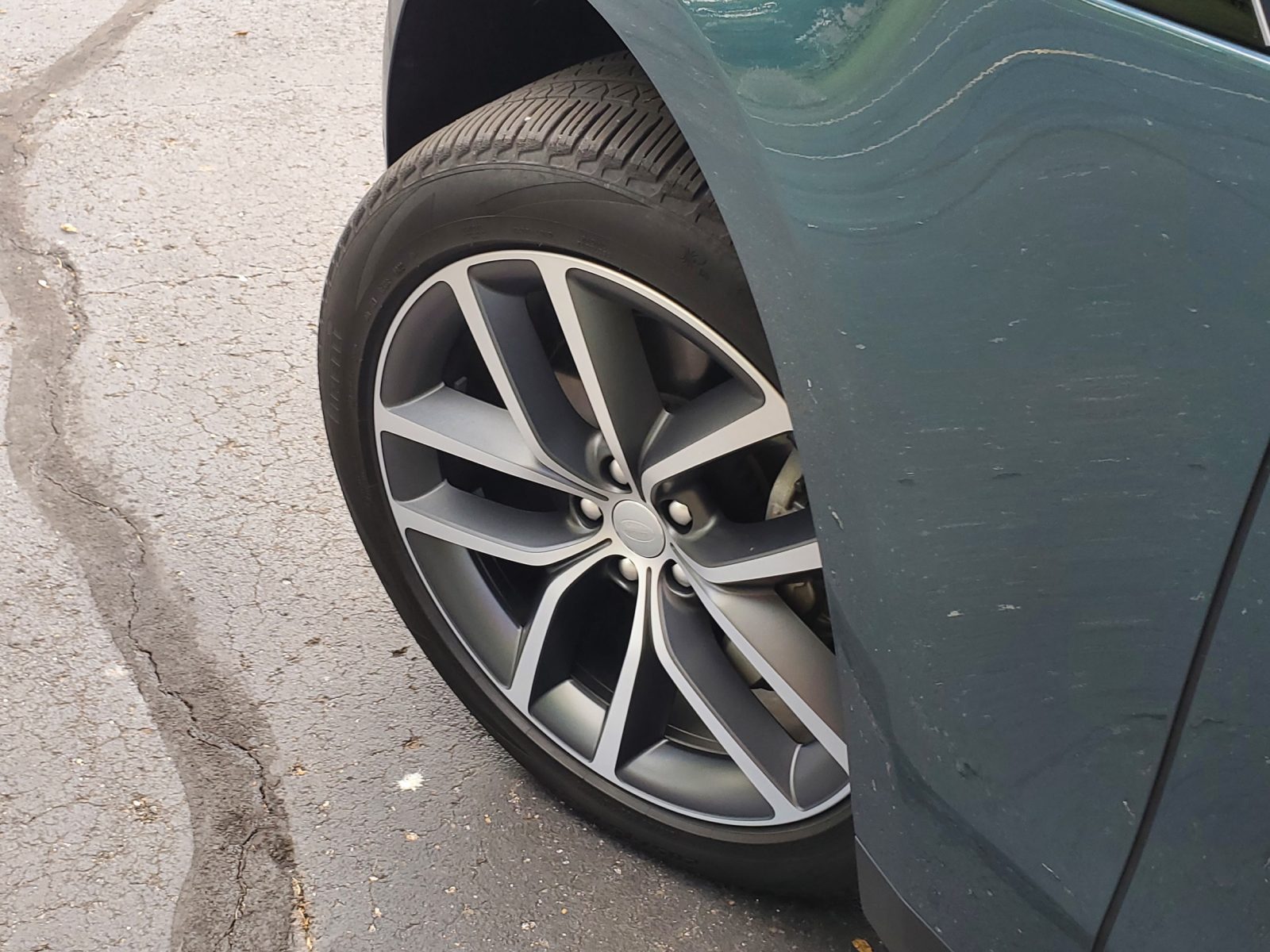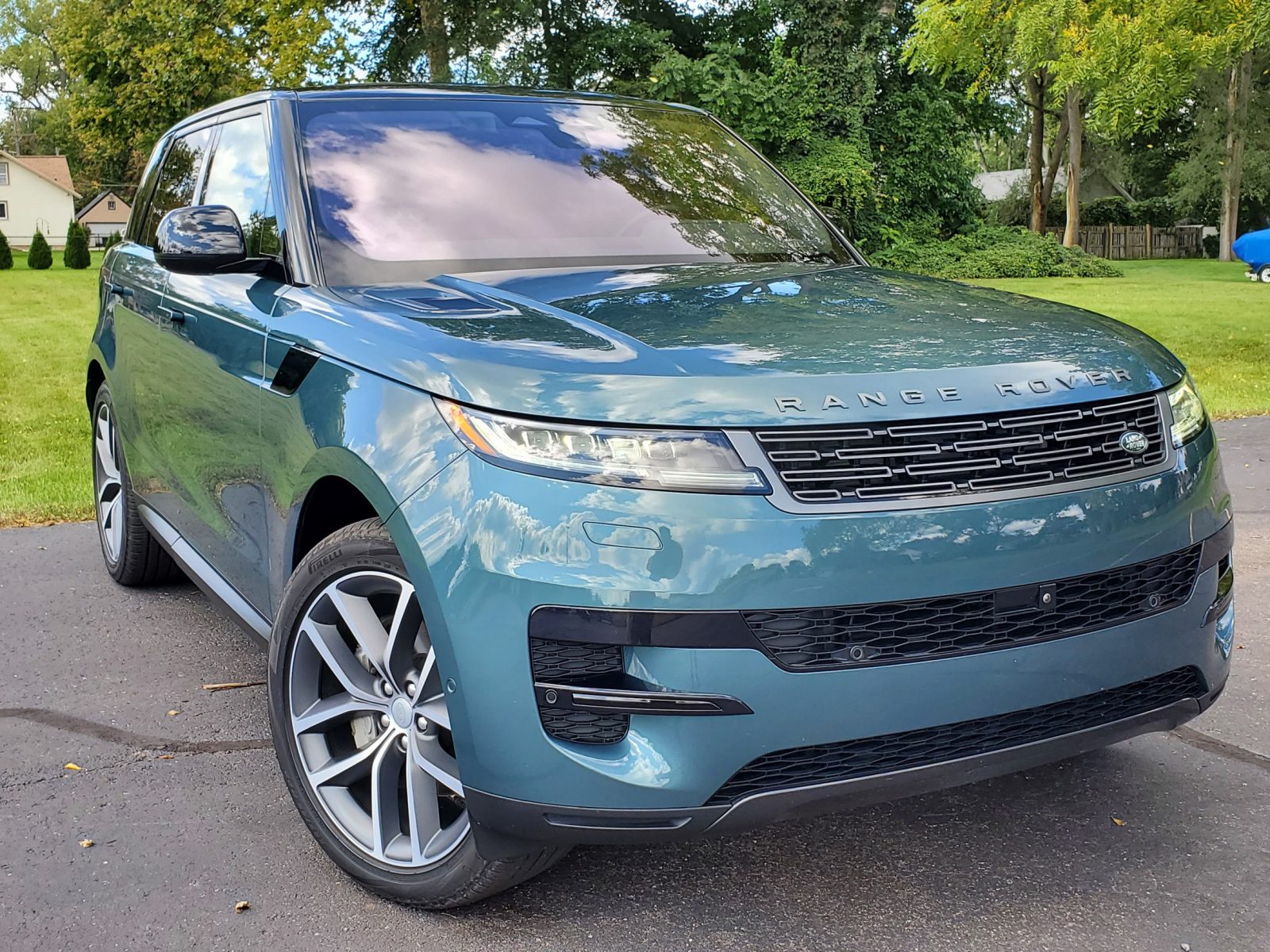The Range Rover Sport has always been the nimbler member of the Range Rover family. Unlike its more relaxed cousin, the Range Rover Sport is all about giving SUV buyers a pinch of fun with their luxury SUV purchase and often had distinctive exterior styling that helped it stand out from the more traditional Rover. But does that continue to be the case? We wanted to find out
Range Rover Sport Is Lightly Tweaked In All The Right Places
![]()
The 2024 model benefits from some of the exterior upgrades that the standard Range Rover received as part of its major revamp. The front end may seem carryover at first glance, but Land Rover stylists smoothed out the rough edges and made the front fascia flow better. The side profile is also mostly carried over from the outgoing model but things get interesting when you get to the rear of the SUV. Unlike the standard Rover, the Sort ditches the wraparound lightbar and goes for a simpler light bar treatment that runs along the center of the liftgate.
That lightbar helps give the Sport a distinctive appearance and it also works well with certain colors including the green color that adorned our tester. When viewed as a whole, the Range Rover Sport represents the perfect balance of traits with the sleek profile combining elegance with track-ready personality. While the latter item is a bit muted in lesser trims like our example, it should still please plenty of buyers.
Range Rover Sport Interior Boasts State of the Art Technology
![]()
Slip inside the interior of the Range Rover Sport SE and you’ll find a cabin that embraces minimalism with physical buttons and switches being limited to a scant few for core essentials. Our tester arrived with genuine leather upholstery but buyers can also go for a textile material with both options getting sleek two-tone upholstery. Front seat passengers get good amounts of leg and knee room but the sloping roofline does eat into headroom in the second row especially for passengers over 6 ft tall
Like the standard Range Rover, the Sport’s slanted dashboard does take some getting used to with the slanted digital instrument cluster requiring drivers to take a moment to find the right steering wheel position to get the best view of the setup. Thankfully, the angled layout for the 13.1-inch infotainment system screen helps improve usability with the screen being in easy reach of the driver and front passenger.
![]()
Land Rover’s Pivi Pro software is a marked improvement over JLR’s older systems but while it’s a step up above the rest, it still packs several quirks that will take some getting used to. The system has crisp graphics and good loading speeds, but there were occasions where we thought the meu layout could be improved to reduce clutter and we even experienced an instance where the system bricked and froze (that gremlin never appeared again during the duration of its stay. Wireless Apple CarPlay and Android Auto are standard with Amazon Alexa also coming along for the ride too.
Fuel Economy Improves With Inline Engine
![]()
It’s not too long ago that the Range Rover Sport’s performance hardware was dominated by V6 and V8 engines. However, the quest for improved fuel economy and compliance with tightening emissions laws has forced JLR to make some changes under the hood for this iteration of the Range Rover Sport.
That’s evident when you look under the hood of entry-level SE models like our tester with the V6s being pitched for a mild-hybrid equipped 3.0-liter inline-six that makes 365 hp in standard SE models like our tester. Buyers that go for the P400 version see power get bumped up to 395 hp. The inline-six in its base form is enough for most buyers with our tester making the sprint to 60 mph in 5.7 seconds. That’s commendable for a luxury SUV but we noticed that our tester felt more sluggish than that when tasked with everyday driving. We suspect that’s partly due to the transmission which has a habit of hunting for gears at city speeds.
The 48-volt mild-hybrid system helps play a role in improving the Sport’s fuel economy with SE models like our tester getting 20 mpg in the city and 25 mpg in the freeway which is not bad. Handling in our tester was also balanced but buyers looking for more poise and track-ready cornering ability should consider a higher trim especially one equipped with the 4.4-liter V8.
Value Quotient
![]()
Pricing for the 2024 Range Rover Sport starts at $85,175 with the Sport Dynamic SE variant getting a bumped-up sticker of $90,800. Higher trim levels come with price tags that go over $100,000. Our tester was a classic example of how customizable Range Rover’s options list can be with our tester arriving with a final as-tested price of over $90,000.
That pricing puts the SE in firm contention with rivals from Mercedes-Benz, Cadillac, and Audi. The Range Rover Sport will also serve as a spotlight into JLR’s future plans with the company having big plans for electrification across their entire lineup. Land Rover is firmly in these plans and the brand will eventually add EV versions of their models moving forward.
![]()
With how popular the Range Sport is, the company will eventually extend the EV treatment to the model in an attempt to maximize customer reach with electric models. In the meantime, the mild-hybrid system here on the Range Rover Sport is a good first step and we look forward to seeing what else JLR has in store over the next few years.

Carl Malek has been an automotive journalist for over 10 years. First starting out as a freelance photographer before making the transition to writing during college, his work has appeared on numerous automotive forums as well as websites such as Autoshopper.com.
Carl is also a big fan of British vehicles with the bulk of his devotion going to the Morgan Motor Company as well as offerings from Lotus, MG, and Caterham. When he is not writing about automobiles, Carl enjoys spending time with his family and friends in the Metro Detroit area, as well as spending time with his adorable pets.

